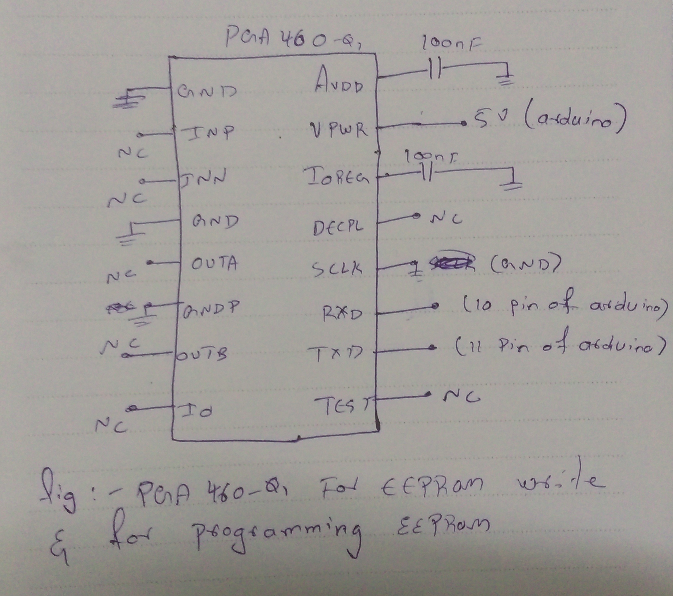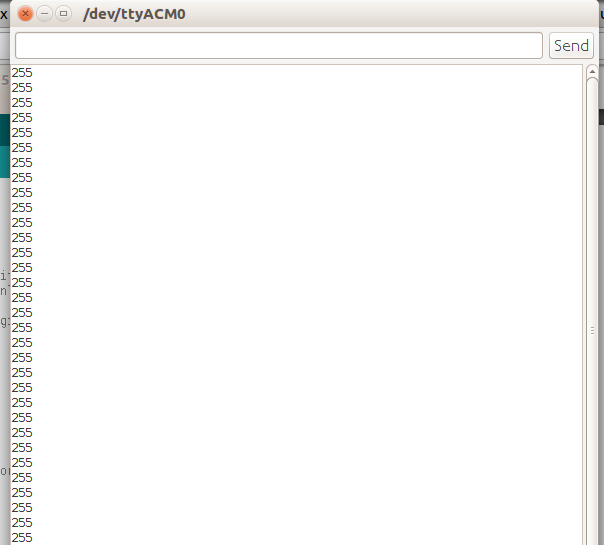Other Parts Discussed in Thread: PGA460, ENERGIA, BOOSTXL-PGA460, LMP91000, SN65HVDA100-Q1
hello team,
i came across pga460-q1 it well suits for my distance sensing application. i had some confusion about UART communication. i would like to interface pga460 with arduino uno. can anyone help me out with this. and am confused with eeprom write and burn methods. please help me with this. and please suggest me exact coding procedure for both pga460 and arduino.
advance thanks...



